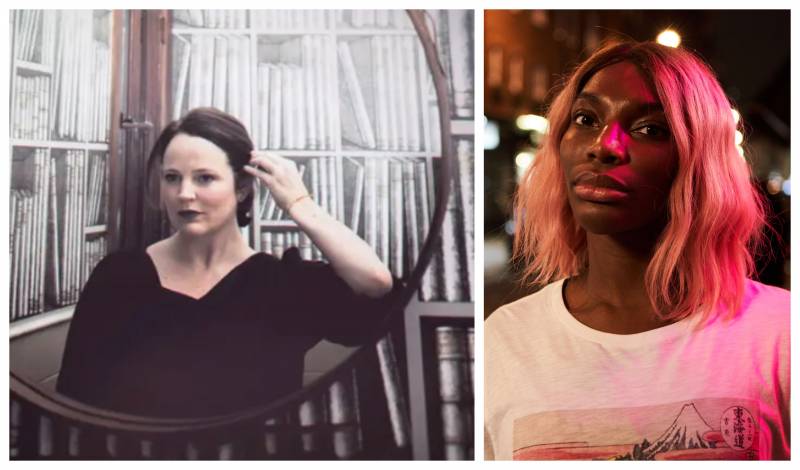I
n a year that has consisted of nonstop twists, two of 2020’s greatest TV triumphs, I May Destroy You and I’ll Be Gone in the Dark, remain surprising. Not just because of their groundbreaking depictions of sexual assault and its fallout, but also because they’ve reached audiences via HBO—one of TV’s biggest historical offenders when it comes to mishandling the topic.
 HBO’s awful track record has, in fairness, been symbolic of the ways all TV networks do a disservice to sexual assault victims and rape survivors. It’s the channel that brought us Game of Thrones—a series that started out casually depicting sexual assault as background color, then later escalated to using the rape of women to advance male characters’ plots. HBO gave us gratuitous rape scenes in Oz, Carnivale and more recently, Euphoria. It took strong female characters from The Sopranos and Treme down a peg or two with rape storylines that went nowhere. It gave a trusted journalist in The Newsroom the task of nobly telling a credible rape survivor to not speak up about her attacker. And it even had a male rape survivor in True Blood utter the phrase: “Maybe God’s like, ‘Jason Stackhouse, you have f–ked too many hot women. Now let’s see how you like it.”
HBO’s awful track record has, in fairness, been symbolic of the ways all TV networks do a disservice to sexual assault victims and rape survivors. It’s the channel that brought us Game of Thrones—a series that started out casually depicting sexual assault as background color, then later escalated to using the rape of women to advance male characters’ plots. HBO gave us gratuitous rape scenes in Oz, Carnivale and more recently, Euphoria. It took strong female characters from The Sopranos and Treme down a peg or two with rape storylines that went nowhere. It gave a trusted journalist in The Newsroom the task of nobly telling a credible rape survivor to not speak up about her attacker. And it even had a male rape survivor in True Blood utter the phrase: “Maybe God’s like, ‘Jason Stackhouse, you have f–ked too many hot women. Now let’s see how you like it.”



